Key Takeaways
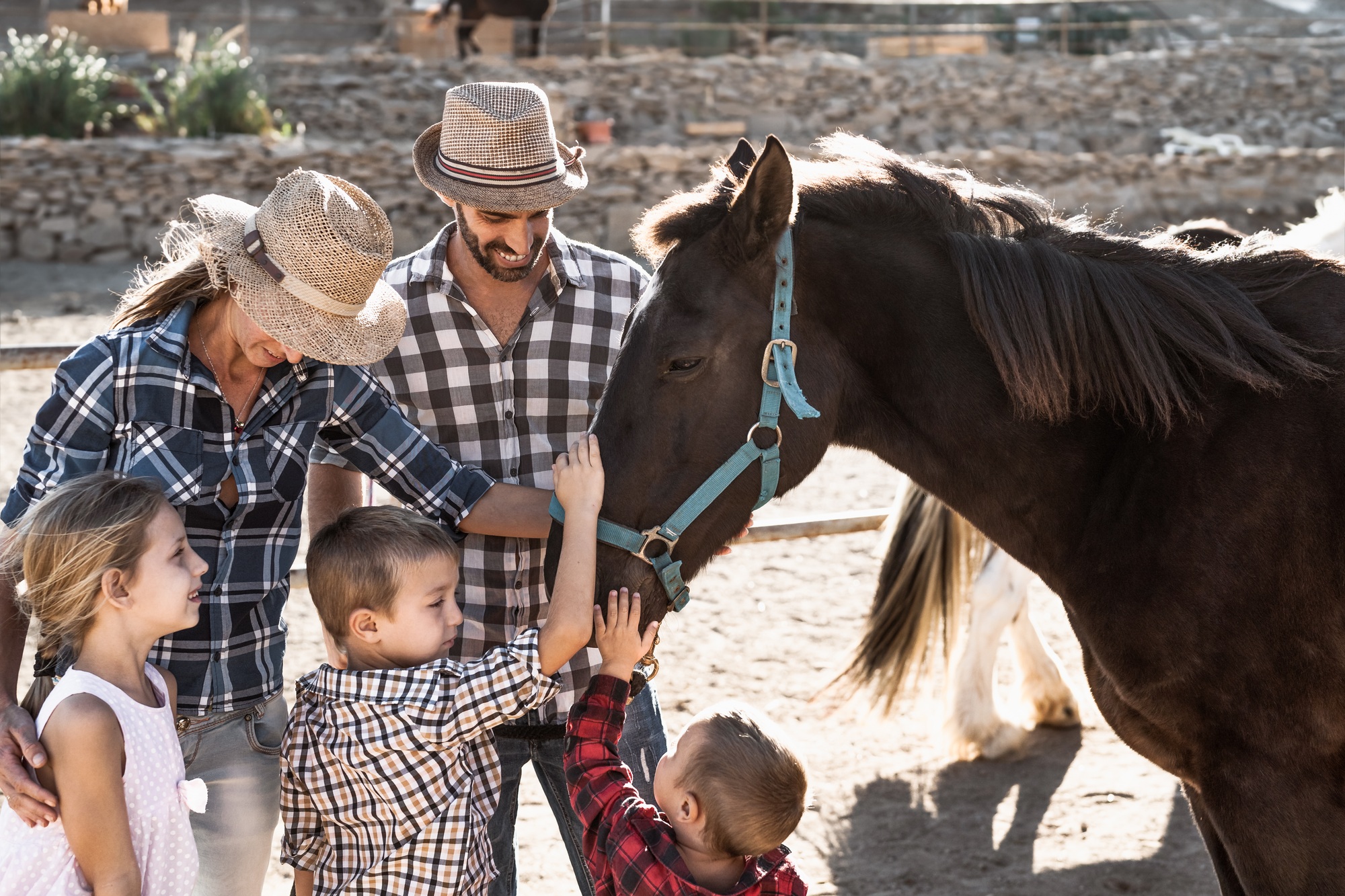
- Define Your Goals: Understand the type of ranch you want to start, whether it’s livestock, crops, or a combination, and set clear objectives for growth.
- Select Appropriate Land: Conduct thorough research on land options, considering essential factors like water access, geographical features, and local market trends.
- Create a Comprehensive Business Plan: Develop a detailed business plan outlining your vision, financial projections, and strategies for sustainability to guide your ranching venture.
- Obtain Necessary Permits: Ensure compliance with local regulations by acquiring the required permits for zoning, livestock management, and environmental considerations.
- Build Essential Infrastructure: Invest in quality facilities, such as barns and fencing, and establish reliable water supply systems to support livestock and crop production.
- Continuously Learn and Adapt: Engage with local resources, join ranching organizations, and pursue ongoing education to stay informed about best practices and market changes.
Dreaming of starting your own ranch? You’re not alone. Many people yearn for the freedom and fulfillment that comes with managing their own piece of land. Whether you envision raising livestock, growing crops, or embracing sustainable practices, starting a ranch can be an incredibly rewarding venture.
But where do you begin? It takes more than just a love for the outdoors and a few animals. You’ll need to navigate land selection, financial planning, and the day-to-day responsibilities that come with ranch life. With the right guidance and a clear plan, you can turn your ranching dreams into reality. Let’s dive into the essential steps to get you started on this exciting journey.
How to Start a Ranch

Starting a ranch involves several key steps that transform your dream into a tangible small business. Focus on the following aspects:
- Define Your Goals
Determine the type of ranch you want. Decide between livestock, crops, or a combination.
- Choose Suitable Land
Research local land markets. Evaluate proximity to resources like water and feed. Select land with suitable geography for your ranch’s needs.
- Create a Business Plan
Outline your vision and strategies. Include financing options, projected expenses, income forecasts, and contingency plans.
- Secure Financing
Identify potential funding sources. Consider a combination of personal savings, loans, and grants tailored for agricultural businesses.
- Obtain Necessary Permits
Review local regulations. Acquire required permits for land use, livestock management, and environmental compliance.
- Purchase Equipment and Supplies
List essential tools such as tractors, fencing materials, and livestock feed. Prioritize quality over quantity to ensure longevity.
- Establish Infrastructure
Build necessary facilities. Construct barns, corrals, and water systems critical for operations and animal welfare.
- Stock Your Ranch
Choose appropriate livestock or crops based on your ranch goals. Select breeds or varieties known for their resilience and productivity.
- Develop a Management Plan
Create a schedule for daily operations. Include feeding, health checks, and maintenance tasks to ensure efficiency.
- Network and Learn
Connect with other ranchers and agricultural organizations. Attend workshops and training sessions to gain insights and best practices.
Following these steps effectively guides you on how to start a ranch and build a successful small business aligned with your aspirations.
Understanding Ranch Types
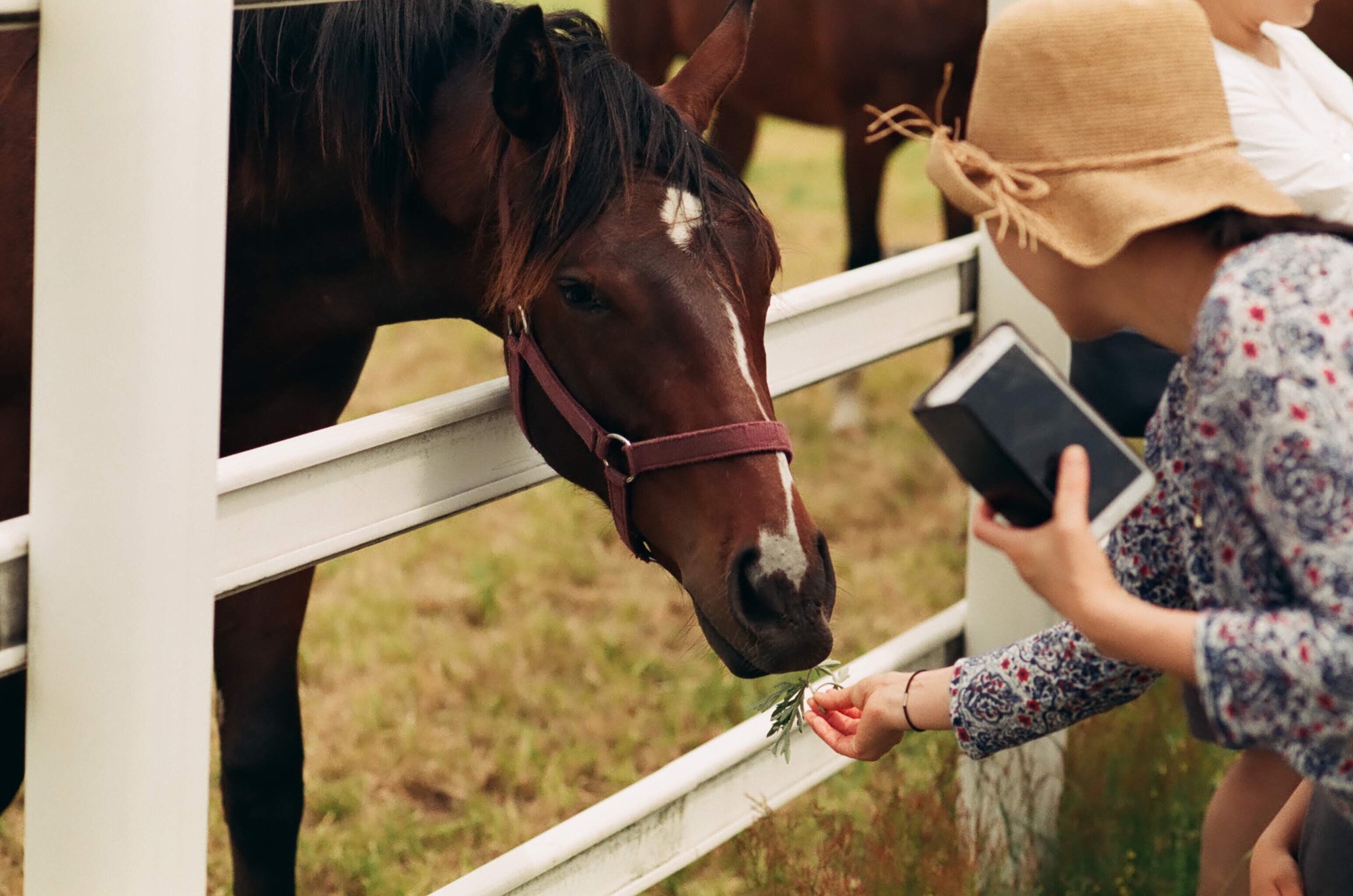
Starting a ranch involves selecting the right type based on your goals and resources. Each ranch type has unique characteristics and considerations essential for success.
Cattle Ranching
Cattle ranching focuses on raising beef or dairy cattle. You must assess land suitability for grazing and ensure access to water sources. Cattle require specific breeds depending on climate and market demand. Implementing techniques for pasture management and animal welfare enhances productivity and contributes to a sustainable small business model.
Horse Ranching
Horse ranching emphasizes the breeding, training, and boarding of horses. You must provide ample space for riding and training areas. Selecting appropriate breeds based on your objectives, such as racing or recreational riding, is crucial. A well-structured facility enhances the ownership experience, attracting clients for boarding and lessons, ensuring profitability.
Farm Ranching
Farm ranching combines crop production with livestock management. You must evaluate soil quality and climate conditions to determine suitable crops. Diverse operations, such as raising goats, sheep, or chickens alongside plant cultivation, improve resilience against market fluctuations. Implementing sustainable farming practices supports long-term viability in this small business endeavor.
Creating a Business Plan
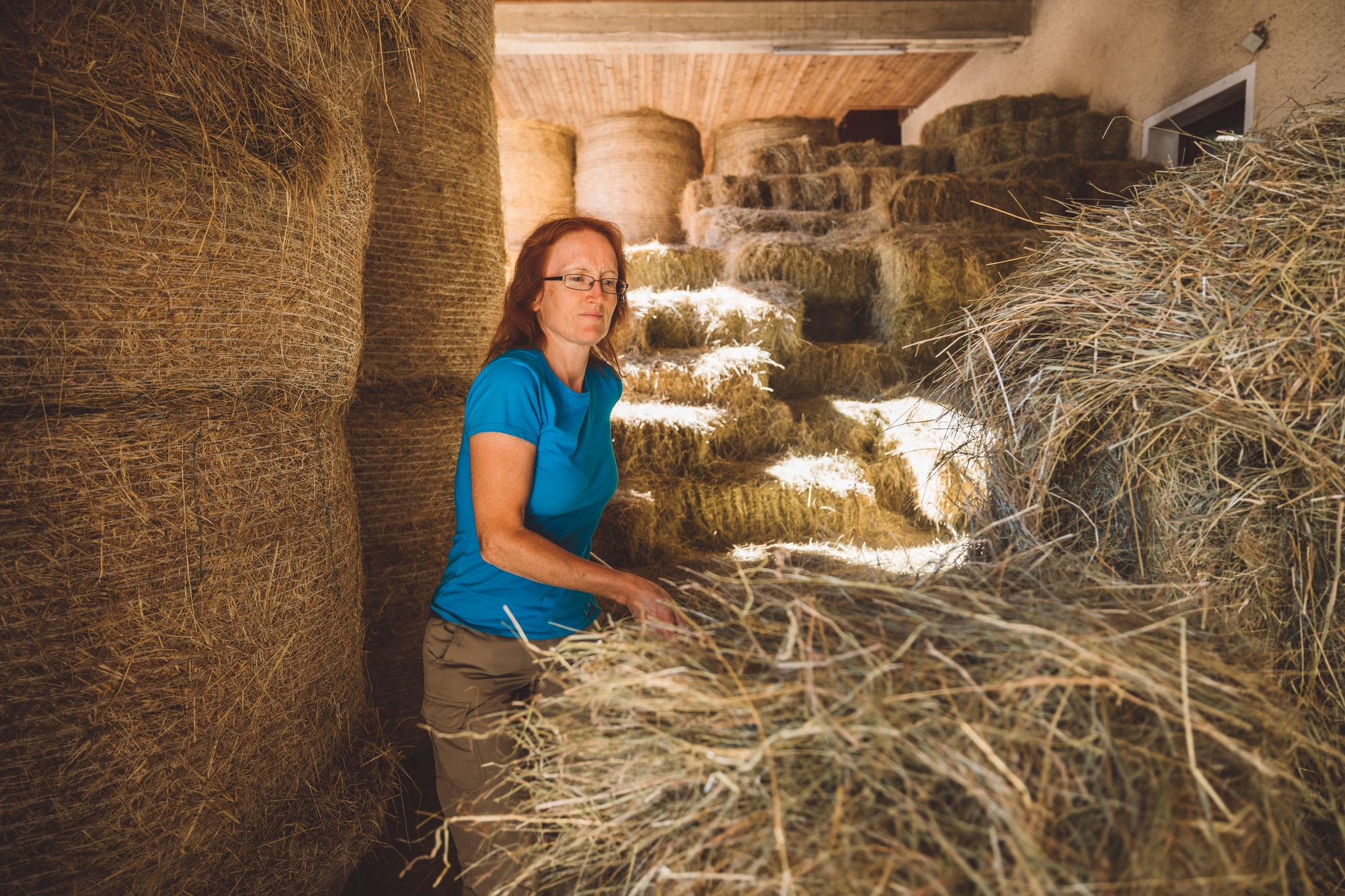
Crafting a robust business plan remains crucial for effectively starting a ranch. This plan outlines strategies and expectations for your small business venture.
Setting Goals and Objectives
Establish clear goals and objectives for your ranch. Define specific aims, such as increasing livestock production by 20% within two years or achieving a certain sales figure. Ensure your goals contain measurable targets and align with personal aspirations for your ranch.
Market Research
Conduct thorough market research to understand the ranching landscape. Evaluate market trends, demand for specific livestock or crops, and competing ranches within your area. Identify potential customer demographics and their purchasing preferences. Gathering this data provides insights that shape your ranch’s operational approach and enhances the likelihood of success.
Financial Planning
Develop a detailed financial plan for your ranching operation. Include startup costs, anticipated ongoing expenses, and revenue forecasts over the next five years. Determine sources of funding such as loans, grants, or investments. Implement a budgeting process that tracks income and expenses. Addressing financial aspects with care supports the sustainability of your small business over the long term.
Choosing the Right Location

Selecting the right location for your ranch plays a critical role in ensuring long-term success. Several important factors influence this decision.
Land Requirements
Identify diverse land features that accommodate various activities and livestock. Look for a mix of forests, open meadows, and elevation changes. This diversity supports multiple recreational options and creates rich wildlife habitats. Ensure the land spans at least 100 acres to support a sustainable small business, offering sufficient space for livestock grazing and crop production.
Environmental Considerations
Consider the local climate and terrain characteristics. Different geographic areas support distinct wildlife, plants, and weather patterns. Assess soil quality to ensure suitability for vegetation and livestock needs. The ability to implement sustainable practices protects the environment while enhancing the ranch’s productivity.
Access to Water Sources
Secure reliable access to water sources. Water availability influences livestock health, crop irrigation, and overall ranch viability. Proximity to rivers, streams, or wells stands as essential, especially in arid regions. Aim for at least one water source per 20 acres of grazing land to maintain optimal conditions for your livestock.
Acquiring Necessary Permits

Acquiring necessary permits is crucial for launching your ranch. Compliance with regulations ensures smooth operations and a successful small business.
Zoning Laws
Understanding zoning laws is essential when starting a ranch. Verify with local authorities to confirm that your land is zoned for agricultural use. Identify any restrictions that may impact livestock types, building structures, or land utilization. Secure any additional permits as needed to comply with local zoning regulations.
Livestock Regulations
Adhering to livestock regulations safeguards animal welfare and public health. Review state and federal requirements regarding the types and numbers of animals you can raise. Obtain identification and health certificates for each animal to ensure compliance. Implement biosecurity measures to prevent disease spread among livestock.
Environmental Permits
Acquiring environmental permits protects ecosystems and complies with federal laws. If your ranch involves concentrated animal feeding operations (CAFOs) that discharge waste to U.S. waters, secure a National Pollutant Discharge Elimination System (NPDES) permit. Investigate additional environmental assessments or permits necessary for your specific ranching activities.
Developing Infrastructure

Creating a solid infrastructure is vital for the operational success of your ranch. Here are essential components to consider.
Fencing and Pastures
Establish fencing to secure pastures and manage livestock effectively. Utilize high-quality materials to create sturdy boundaries that prevent livestock from wandering. Aim for at least one mile of fencing per 10 acres of grazing land. Design pastures to promote rotational grazing, maximizing forage utilization and enhancing soil health. Implement cross-fencing to allow for grazing management, providing each herd access to fresh grass while allowing pastures to rest and recover.
Barns and Stables
Construct barns and stables to house equipment and livestock safely. Barns should include designated areas for equipment storage, tool maintenance, and feed management. Allocate a minimum of 500 square feet per 10 cattle or horses to accommodate housing and movement. Ensure ventilation and cleanliness to promote animal health. Stables provide individual spaces for horses, allowing for grooming and training. Consider functionality and location to enhance daily operations and workflow.
Water Supply Systems
Develop reliable water supply systems to meet the needs of your livestock and crops. Install well-maintained water sources, such as tanks or troughs, to ensure accessibility for livestock. Maintain at least one water source per 20 acres of grazing land to enable adequate hydration. Implement irrigation systems for crops to ensure optimal growth and yield. Regularly test water quality to confirm safety for both livestock and crops, promoting a sustainable ranching environment.
Purchasing Livestock and Equipment

Purchasing livestock and equipment represents critical steps in starting a ranch. Consider the following subheadings to ensure successful decisions.
Selecting the Right Breed
Selecting the right breed is fundamental for your ranch’s success. Assess your ranching goals alongside local climate and pasture conditions. Evaluate breeds for traits such as hardiness, growth rate, and market demand. For example, if you intend to focus on meat production, consider Angus or Hereford cattle. If dairy is the focus, Jersey or Holstein breeds excel. Prioritize breeds that align with your resources and objectives for optimal outcomes.
Essential Equipment List
Essential equipment ensures efficient operations in your ranching venture. Consider acquiring the following items:
- Fencing: Invest in sturdy fencing to protect livestock and manage grazing effectively.
- Watering Systems: Install reliable watering systems to meet the hydration needs of livestock.
- Barns and Stables: Secure housing for animals and equipment, protecting them from harsh weather.
- Trailers: Use trailers for transportation of livestock and supplies.
- Feeding Tools: Purchase feeders and troughs for providing consistent nutrition to your animals.
These items form the backbone of your ranch operation, supporting daily management tasks.
Where to Buy Livestock
Where to buy livestock impacts the health and vitality of your ranch. Buy locally for several advantages. Local sellers often provide valuable insights and knowledge specific to your area’s conditions. Engage in farms directly to inspect animals and their living conditions, ensuring informed decisions. Avoiding livestock markets minimizes impulsive purchases and potential health issues. Prioritize purchasing livestock in pairs to promote companionship among animals, enhancing their wellbeing and productivity.
Managing Your Ranch

Effectively managing your ranch involves overseeing daily operations, maintaining the property, and keeping thorough records. These components ensure the ranch runs smoothly and remains a viable small business.
Daily Operations
Establish clear routines for daily tasks including feeding livestock, monitoring their health, and managing crops. Assign specific responsibilities to your team if applicable, ensuring everyone understands their role in maintaining productivity. Implement scheduled check-ups for equipment to prevent breakdowns. Practice efficient time management to maximize output each day.
Ranch Maintenance
Focus on regular upkeep of the ranch infrastructure. Inspect fences and water supply systems for damage or leaks, addressing any issues promptly to support animal welfare and crop health. Maintain barns and storage facilities, ensuring they are clean and organized. Schedule seasonal tasks such as clearing land or performing soil tests, contributing to the long-term sustainability of your ranch.
Record Keeping
Keep detailed records of all ranch operations. Document livestock inventory, health assessments, and breeding schedules to track productivity and improve decision-making. Maintain financial records, including expenses related to feed, veterinary services, and maintenance costs. Use software or spreadsheets to analyze data over time, enabling you to make informed adjustments to your ranching practices.
Building a Support Network

Building a support network influences your success in starting a ranch. Engage with local resources and connections to enhance your ranching knowledge and practices.
Finding Local Resources
Locate local agricultural experts and resources. The USDA offers Beginning Farmer and Rancher Coordinators in each state who assist you in navigating USDA processes. They provide valuable connections to organizations that support beginning ranchers. Establish relationships with local Extension offices like those affiliated with the University of Tennessee & Tennessee State University Cooperative Extension, which feature educational resources tailored for effective ranch management.
Joining Ranching Organizations
Join ranching organizations to access a wealth of knowledge and support. Becoming a member of organizations such as 4-H or FFA creates opportunities for learning. Participate actively to cultivate relationships and gain insights from seasoned ranchers. Access to workshops and training sessions enhances skills vital for managing your ranch efficiently.
Networking with Other Ranchers
Network with fellow ranchers to exchange knowledge, experiences, and best practices. Attend local ranching events and community meetings to engage with experienced ranchers. Leverage social media platforms and online forums dedicated to ranching to connect with peers and gain valuable insights relevant to small business management in the ranching industry. Building these connections helps you navigate challenges and capitalize on opportunities in ranching.
Troubleshooting Common Issues

Dealing with common issues helps you maintain a thriving ranch. Addressing livestock health, managing financial strains, and coping with seasonal challenges proves essential for success.
Dealing with Livestock Health Problems
Recognizing symptoms of illness in livestock ensures prompt action. Monitor for changes in behavior, appetite, and physical appearance. Provide routine veterinary care, including vaccinations and health assessments. Implement biosecurity measures to prevent disease spread, such as quarantining new animals. Stock high-quality feed and maintain clean living conditions to promote overall health. Prioritize understanding specific diseases affecting your chosen breeds, enabling you to respond swiftly to potential outbreaks.
Managing Financial Strains
Tracking expenses and revenue keeps financial health in check. Create a detailed budget reflecting startup costs, ongoing expenses, and projected income. Regularly review financial statements to identify potential issues or areas for improvement. Seek alternative funding sources, including grants and loans tailored for small businesses in agriculture. Build relationships with local agricultural organizations and financial advisors for valuable guidance. Analyze cost-saving strategies, like cooperative purchasing for feed or equipment, to enhance profitability.
Coping with Seasonal Challenges
Adapting to seasonal changes maintains operational efficiency. Prepare for extreme weather by ensuring livestock housing can withstand heat, cold, and precipitation. Implement sustainable practices for pasture management to prevent overgrazing during dry spells. Schedule planting and harvesting times according to seasonal patterns to optimize crop yields. Stay informed on weather forecasts and adjust your management plan accordingly. Engaging in community discussions about seasonal challenges and sharing solutions with other ranchers strengthens your resilience against these fluctuations.
Tips for Success
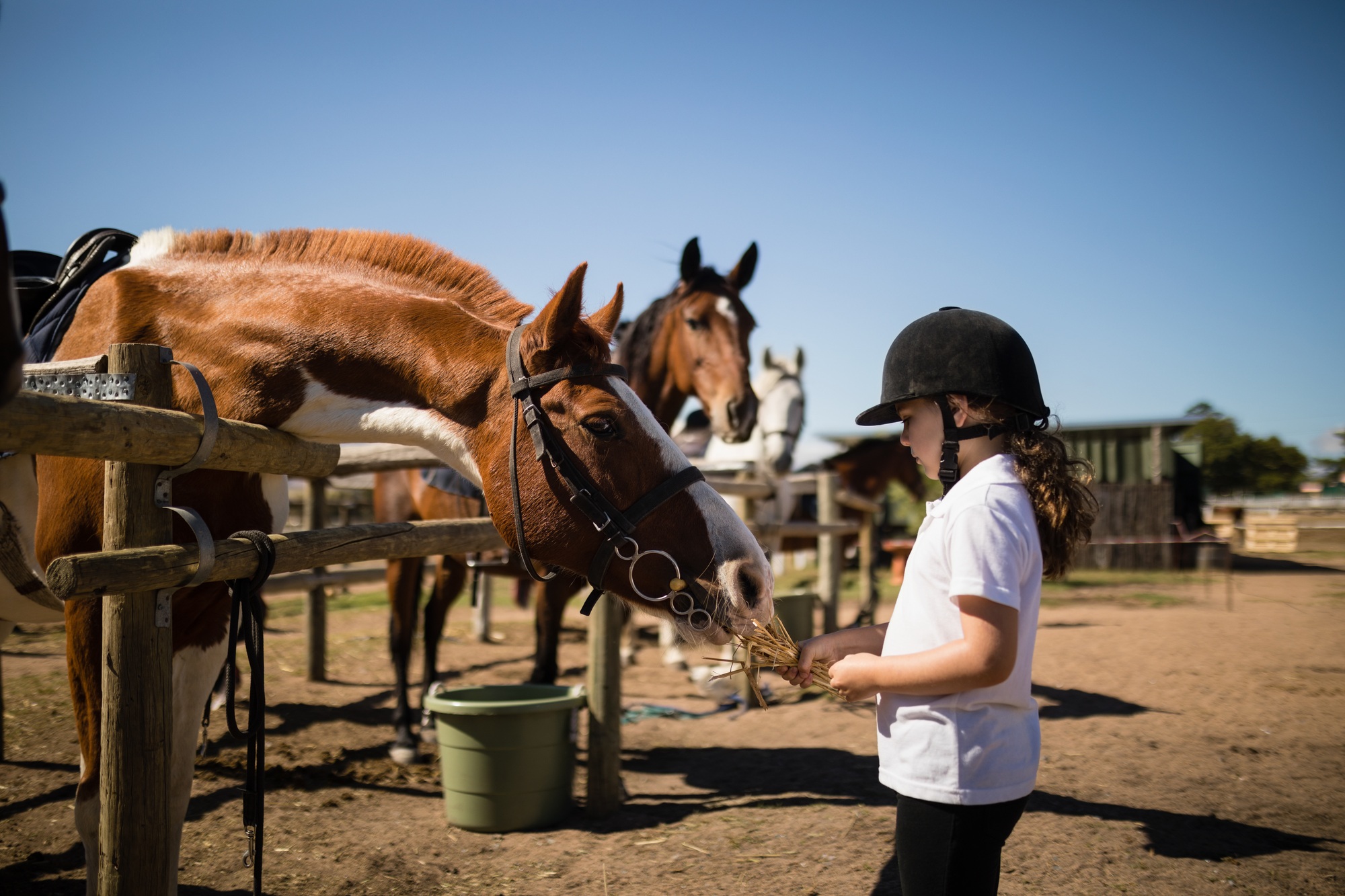
Success in starting a ranch involves ongoing learning and the adoption of sustainable practices.
Continuous Education
Participate in ranching workshops and training programs to enhance knowledge and skills. Enroll in local community college courses focused on agriculture and livestock management. Attend conferences and seminars to stay updated on industry trends and best practices. Collaborate with experienced ranchers to gain insights and mentoring. Utilize online resources such as webinars and educational websites for flexible learning options.
Sustainable Practices
Implement sustainable practices to ensure long-term ranch viability. Practice rotational grazing to enhance pasture health and reduce soil erosion. Utilize cover crops to improve soil quality and minimize weed growth. Manage water resources efficiently through rainwater harvesting and targeted irrigation techniques. Incorporate integrated pest management strategies to minimize chemical use. Foster biodiversity by maintaining native habitats to support beneficial wildlife and pollinators.
Conclusion

Starting a ranch is an exciting journey that requires careful planning and dedication. By following the steps outlined in this guide you can turn your ranching dreams into a thriving reality. From selecting the right land to developing a solid business plan each decision you make plays a crucial role in your success.
Remember that building a ranch is not just about the land but also about creating a sustainable operation that aligns with your goals. Stay engaged with your community and continuously seek knowledge to adapt to the ever-changing landscape of ranching. Your commitment to ongoing learning and best practices will not only enhance your skills but also contribute to the long-term success of your ranch. Embrace the challenges and enjoy the rewards that come with this fulfilling lifestyle.
Frequently Asked Questions
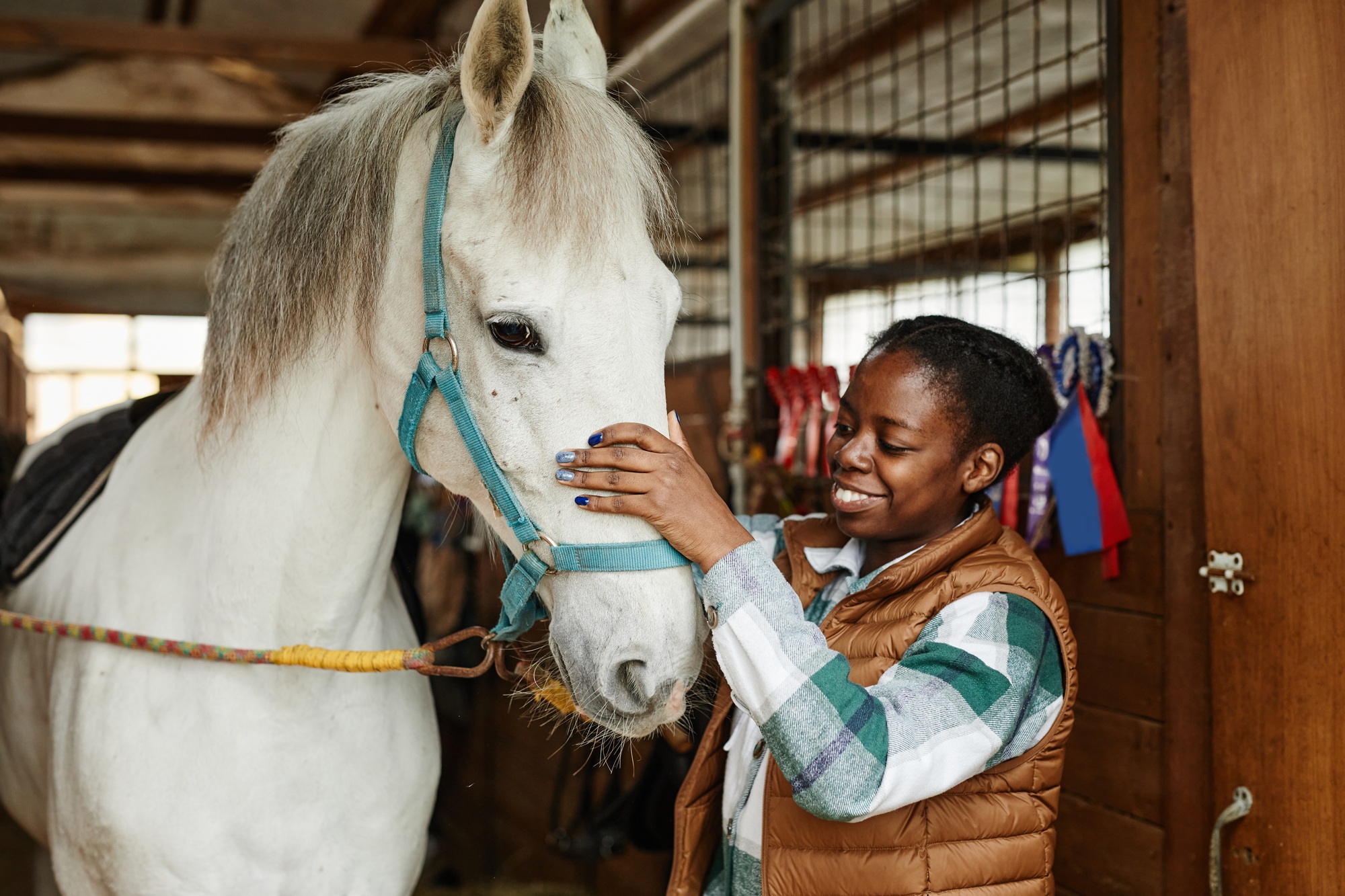
What is the first step to starting a ranch?
The first step in starting a ranch is to define your ranching goals. This includes deciding what type of ranching you want to pursue, such as cattle, horse, or farm ranching, and understanding your desired outcomes and motivations for entering the ranching business.
How do I choose suitable land for my ranch?
Choosing suitable land involves considering factors like soil quality, water access, climate, and proximity to resources. Conduct thorough research to evaluate potential sites that align with your ranching goals and ensure the land can support your livestock or crops effectively.
What should be included in a ranch business plan?
A ranch business plan should outline your goals, strategies, financial forecasts, and operational plans. Include market research, startup costs, ongoing expenses, revenue projections, and clear, measurable objectives to ensure you have a roadmap for your ranching venture.
How can I secure financing for my ranch?
You can secure financing for your ranch through various sources, including personal savings, loans from banks, and government programs for agricultural businesses. Creating a solid business plan helps demonstrate your viability to lenders and can improve your chances of securing funds.
What permits are necessary for starting a ranch?
Necessary permits vary by location but may include zoning permits, livestock facility permits, and environmental permits. Research local regulations and consult with your local government to ensure you obtain all necessary approvals before starting your ranch.
What infrastructure is essential for a successful ranch?
Essential infrastructure includes fencing, barns, water supply systems, and feed storage facilities. These components help ensure the safety and well-being of your livestock and the smooth operation of daily ranching activities.
How do I select the right livestock for my ranch?
Selecting the right livestock depends on your ranching goals, available resources, and local conditions. Research different breeds and consult with local experts to choose healthy livestock that meets your production objectives and can thrive in your environment.
What daily management practices should I implement on my ranch?
Daily management practices should include routine tasks such as feeding, watering, health checks, and maintenance of infrastructure. Establish clear routines for responsibilities, schedule regular equipment inspections, and maintain thorough records to enhance overall productivity and sustainability.
How can networking benefit my ranching business?
Networking with other ranchers and local resources can provide valuable insights, best practices, and support. Joining organizations, attending events, and engaging with extension services allows you to exchange knowledge, access workshops, and stay informed about industry trends.
What are some common challenges in ranching and how can I address them?
Common challenges include livestock health issues, financial constraints, and seasonal changes. To address these, implement routine veterinary care, keep detailed financial records, and prepare for weather conditions with proper housing and pasture management to ensure the health and welfare of your ranch.
Image Via Envato: seventyfourimages, Polinalebed, Wavebreakmedia, zamrznutitonovi, YuriArcursPeopleimages, GaudiLab, sedrik2007, tehhydina, tonodiaz, Rawpixel, Visual__Production, Qxiote, armacuatro, biasciolialessandro



